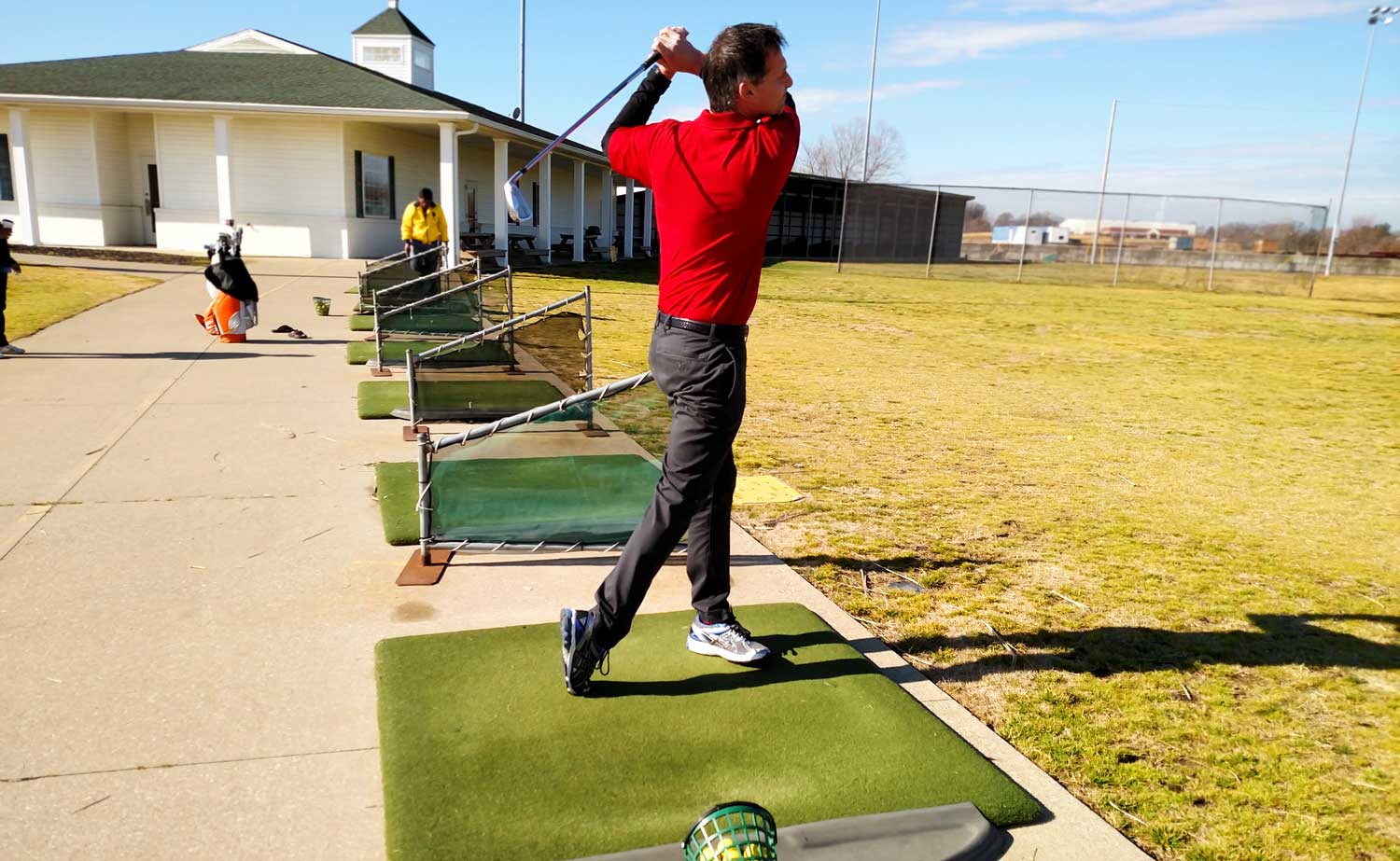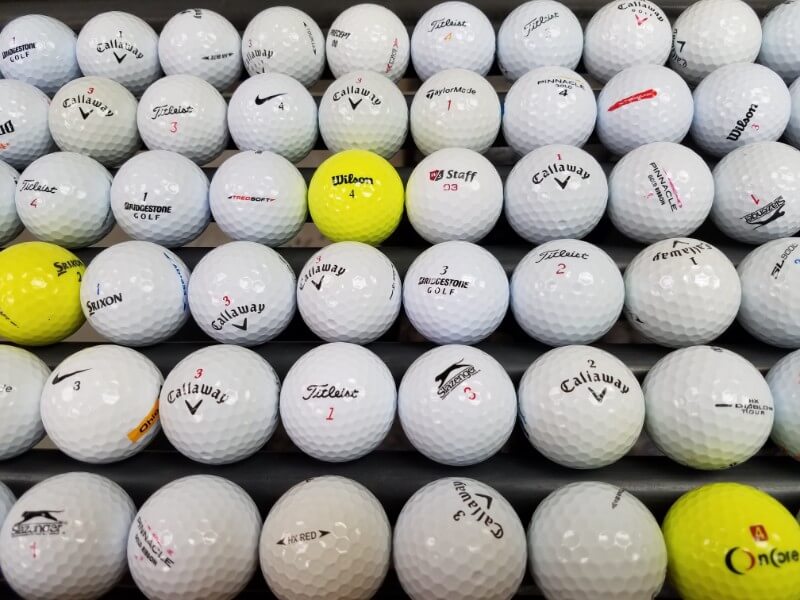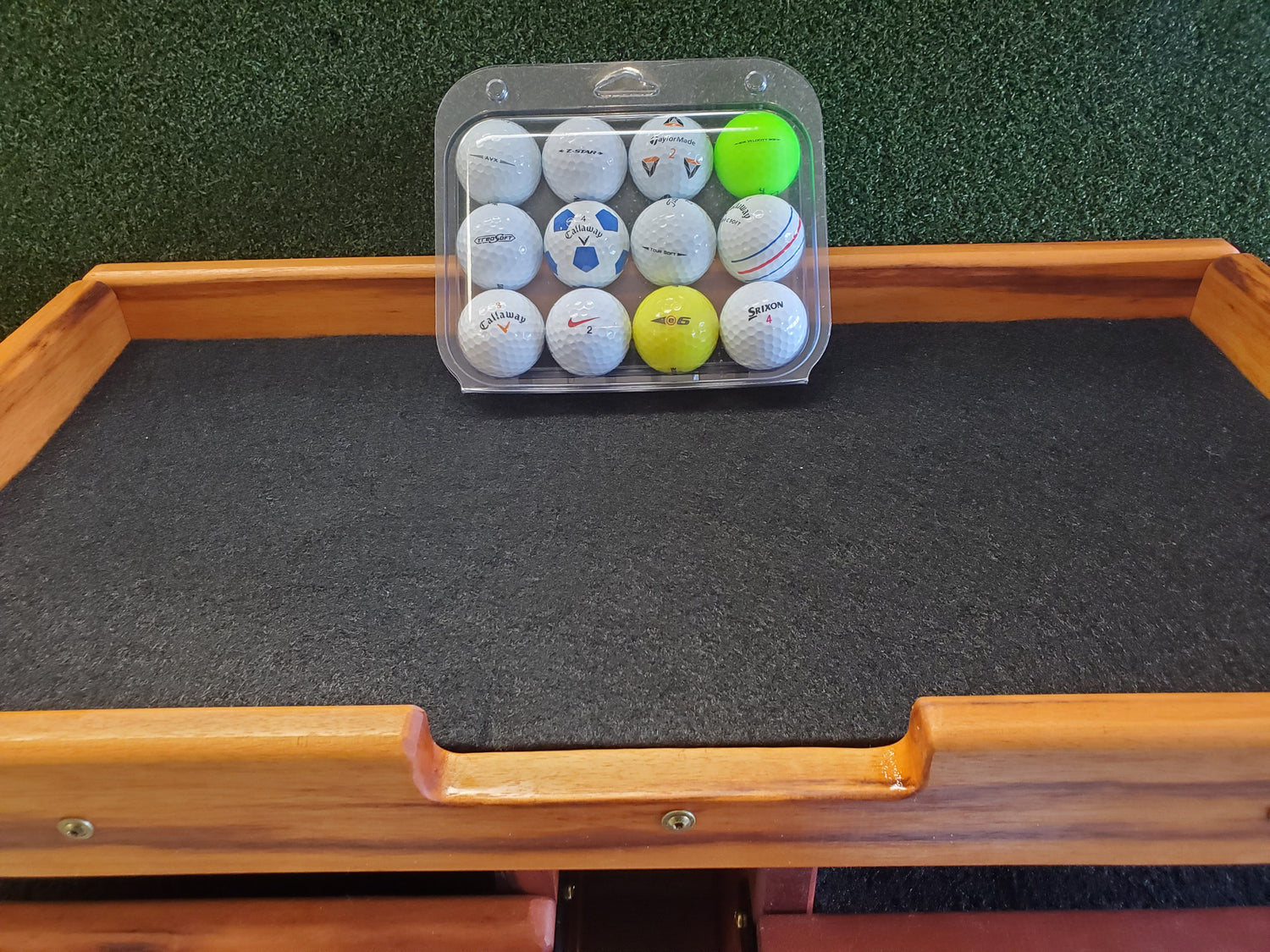
How to Be Good at Golf
Share
How to Be Good at Golf
Golf is a wildly popular sport, yet many people are daunted by the prospect of beginning to learn it. If you're one of those people, fret no more! This post will give everything you need: tips on getting started, ways to improve your game as you advance, and advice on practicing.
Keep in mind that golf is a precision sport, not a power one. It's important to realize that you can't muscle your way to success in golf. However, following the advice outlined in this post will get you well on your way toward developing the precision needed to thrive.
The best way to start golfing
Equipment
First, we'll go over some basic tips for getting started, starting with advice on clubs. Many people believe they need a giant assortment of clubs to succeed at golf, but this isn’t necessarily the case. Usually, a selection of just a few clubs will do just fine. Golf Digest recommends starting with a sand wedge, putter, and driver combined with a pitching wedge, six iron, eight iron, and fairway wood or hybrid. This will give you a versatile but easy-to-use base set of clubs. To find these on a budget, comparison shop online and check out the sales sections of sporting goods stores.
Another helpful tip is to try out different types of clubs at a driving range. In particular, you should try the stiff-flex and regular-flex variants of six-iron clubs: this refers to how much shaft flex the club has. If you prefer the feel of the regular-flex shaft, then go that route for all of your clubs. The same goes for stiff-flex shafts, should you prefer that option.
A club's loft is another consideration, which determines how easily the club will launch balls into the air. Golf Digest advises that beginners start with drivers that offer 10 or more degrees of loft and fairway woods that begin at 17 degrees of loft.
Finally, you can save some money on lost balls by purchasing range balls from Rawhide Golf Ball Co. here! As you get better — and therefore lose fewer balls — feel free to upgrade to more expensive ones!
Learning the Game
Like most sports, golf is difficult to learn on your own. That's why it's recommended that you find a more knowledgeable golfer as a mentor, especially in the beginning. Who you go to for this service depends on what you want out of golf. For instance, aspiring golfers on the casual end of the spectrum may simply want to take instruction from friends familiar with the sport. In other words, if you're simply golfing to bond with friends or coworkers, then you can keep your training more relaxed.
However, if you have more serious or lofty goals in mind, we at Rawhide Golf Ball Co. advise you find a more professional coach. A professional coach can be a vastly helpful resource for improving your swing and just about every other aspect of your game. One resource for finding a coach is your local golf course, which may have a PGA professional in-house who provides lessons. However, before signing on with an instructor, be sure to verify their credentials, and don't be afraid to drop an instructor and look elsewhere if your personalities are not compatible.
Improving your game in three steps
Once you have a grasp on the basics, there are three simple steps you can take to start advancing your skills. The first is working on your strike point: that is, the manner in which your iron hits the ground and the way any club contacts the ball. When swinging an iron, it is recommended that the club reach the lowest point of the swing just ahead of the ball's resting spot. Meanwhile, the sweet spot is right in the center of the club's blade or driver's face. You should aim to make contact with the ball there.
Hitting the driver's sweet spot plays a large role in the next step of improving your golf game: working on your accuracy and distance. The other factors include creating a high launch angle and low spin rate. A higher tee can increase the launch angle, as can keeping the ball positioned inside your left arm (if you are a right-handed golfer, of course). As for the low spin rate, golf instructor Jason Fenstermaker advises that the most important factor is employing the driver's aforementioned sweet spot.
The final step is working on your putting, which can be a challenge to new golfers. Keep in mind that a huge factor in putting success is reading greens. If you have a downhill putt, read the green from behind the hole. If you have an uphill putt, however, read the green from behind the ball. For more tips on putting skills, check out this helpful Golfweek guide.
Practice, practice, practice!
Any improvements to your game will only stick if you practice. As highlighted by Golf Monthly, there are several fundamental drills you can do that will help your basic form become effective and consistent. These drills are relatively simple. For instance, one involves just tucking gloves under your armpits and making sure they stay in place until you have swung and struck the ball, which helps synchronize your body's rotation with your arms. Another simple drill involves using a towel as a target to help you perfect your chip shots.
Of course, your practice efforts will be more successful if you have the right equipment. Make sure you have enough balls on hand as well as the clubs needed to work on the skills you're targeting. Practice mats are another helpful piece of equipment, which can be used for both outdoor or home training. You can buy used golf mats in “like new” or “good” condition from Rawhide Golf Ball Co. here!
Final thoughts
Golfing shouldn't be an intimidating hobby, and by following the tips in this post, you can successfully break in and start enjoying this rewarding pastime. Start with the right equipment and a solid teacher, master the basics, and keep practicing. Most of all, enjoy it!




